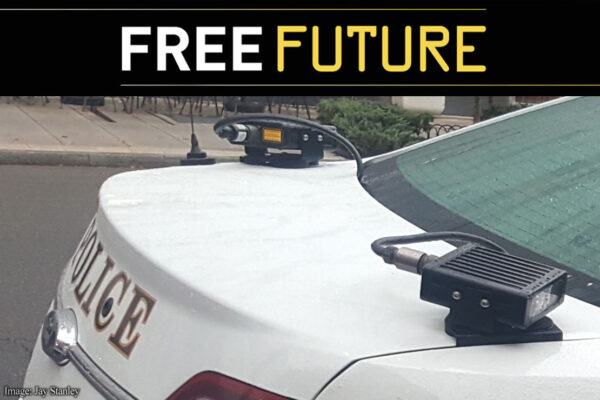VICTORY: Judge Releases Information about Police Use of Stingray Cell Phone Trackers


A Florida judge has sided with the ≥‘πœ÷±≤• to order release of information about police use of ‚Äústingrays,‚Äù which are invasive surveillance devices that send out powerful signals to trick cell phones into transmitting their locations and identifying information. The Tallahassee judge‚Äôs pro-transparency decision stands in contrast to extreme secrecy surrounding stingray records in another Florida court, which is at the center of an emergency motion filed by the ≥‘πœ÷±≤• today.
The ≥‘πœ÷±≤• learned several months ago about a case where Tallahassee police used a stingray to track a phone to a suspect‚Äôs apartment without getting a warrant. Although the detective responsible for the tracking testified in court about using a stingray, in deference to the government‚Äôs demand for secrecy the court closed the hearing to the public and sealed the transcript.
The ≥‘πœ÷±≤• filed a motion asking the judge to unseal the transcript, citing the public‚Äôs First Amendment right of access to court proceedings. In response, the government tried to justify continued secrecy by invoking the federal Homeland Security Act and other federal laws. As the ≥‘πœ÷±≤• explained to the court, those laws have no bearing because this case involves state judicial records, and because the government has waived its ability to invoke broad secrecy arguments by already releasing significant information about its use of stingrays.
Late yesterday, the judge ordered unsealing of the entire transcript. The portion that the government had sought to keep secret is here. It confirms key information about the invasiveness of stingray technology, including that:
- Stingrays “emulate a cellphone tower” and “force” cell phones to register their location and identifying information with the stingray instead of with real cell towers in the area.
- Stingrays can track cell phones whenever the phones are turned on, not just when they are making or receiving calls.
- Stingrays force cell phones in range to transmit information back “at full signal, consuming battery faster.” Is your phone losing battery power particularly quickly today? Maybe the cops are using a stingray nearby.
- When in use, stingrays are “evaluating all the [cell phone] handsets in the area” in order to search for the suspect’s phone. That means that large numbers of innocent bystanders’ location and phone information is captured.
- In this case, police used two versions of the stingray — one mounted on a police vehicle, and the other carried by hand. Police drove through the area using the vehicle-based device until they found the apartment complex in which the target phone was located, and then they walked around with the handheld device and stood “at every door and every window in that complex” until they figured out which apartment the phone was located in. In other words, police were lurking outside people’s windows and sending powerful electronic signals into their private homes in order to collect information from within.
- The Tallahassee detective testifying in the hearing estimated that, between spring of 2007 and August of 2010, the Tallahassee Police had used stingrays approximately “200 or more times.”
The judge’s decision to release the transcript demonstrates that the government’s attempts to hide basic information about stingray surveillance from the public are unreasonable. The decision is also a rejection of the federal government’s attempts to meddle in state public records matters (in this case, the FBI had asked the local prosecutor to keep the transcript secret, even though this was purely a local investigation).
When police engage in invasive tracking of our locations and communications, it is crucial that the public have access to accurate information so it can participate in an informed debate. The release of this transcript serves that goal.


